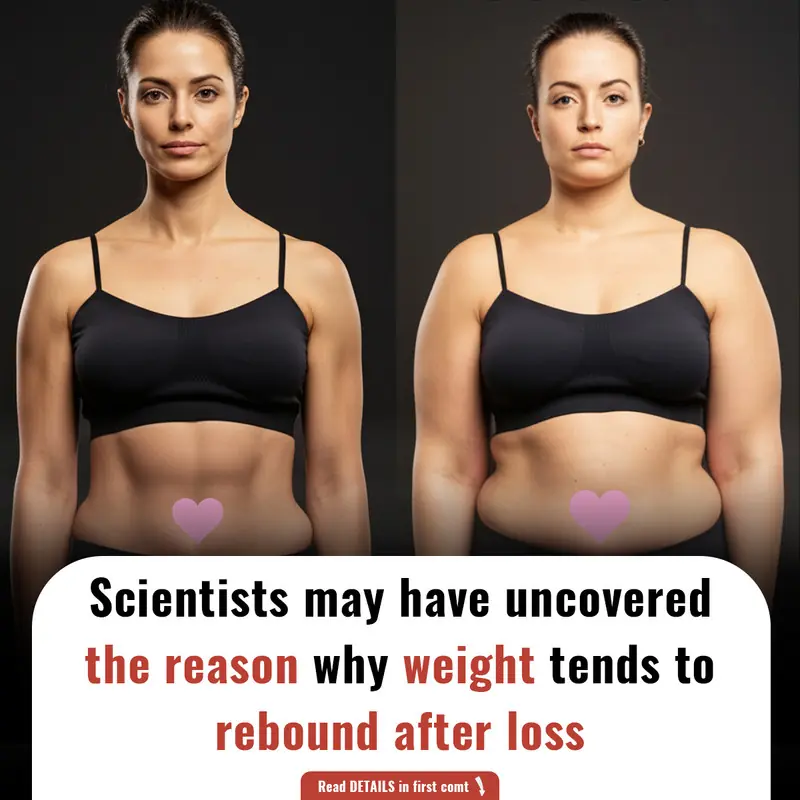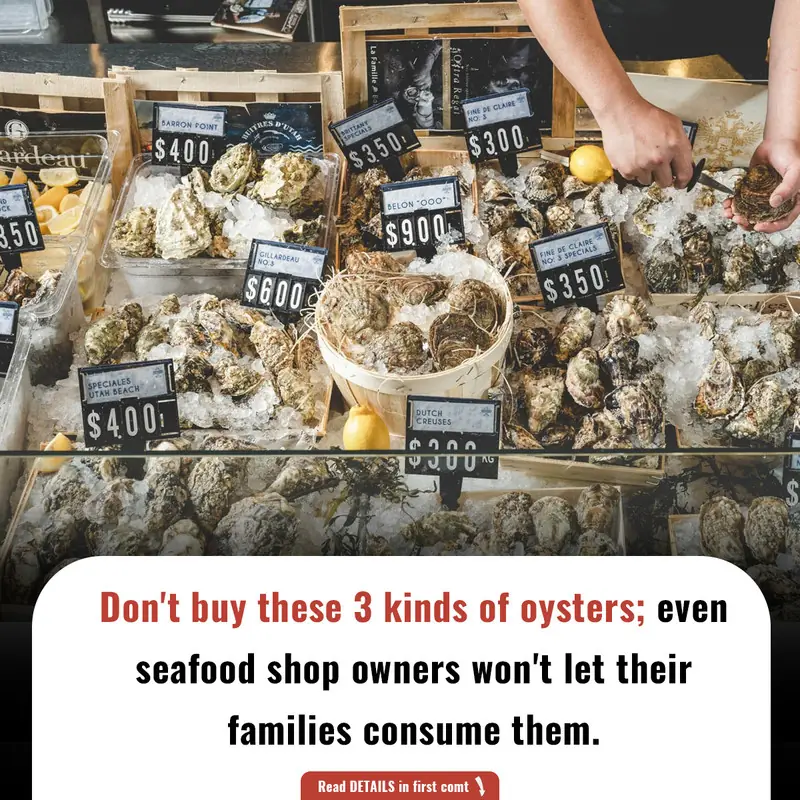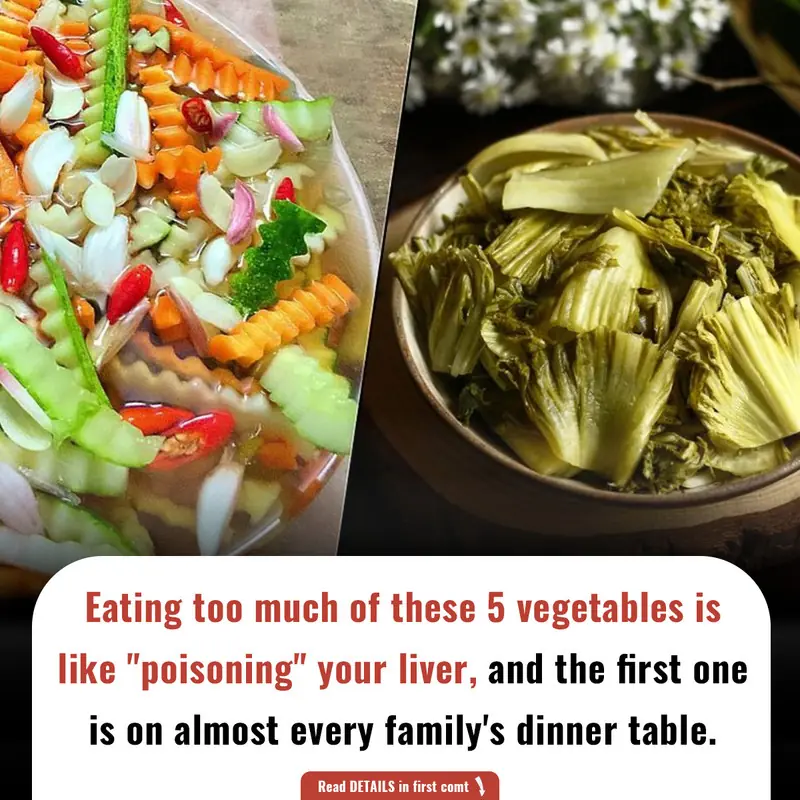Unveiling the Truth: Why 2XL and XXL Are Not the Same—A Deep Dive into Plus-Size Fashion Sizing
A viral TikTok video from plus-size model Makayla Smith has sparked widespread curiosity and conversation after revealing the crucial yet often misunderstood difference between 2XL and XXL clothing sizes. While many consumers assume the two sizes are interchangeable, the reality is far more complex—and significantly impacts how garments fit, especially for plus-size individuals.

A plus-sized person may have to try on both XXL and 2XL to understand which fits better (Getty stock)
In her now-popular video, Smith showcases the visual and fitting discrepancies between a shirt labeled XXL and one marked 2XL. “They are usually cut a bit differently, with 2XL being larger and made with plus-size bodies in mind,” she explains. The clip quickly garnered attention, and viewers flooded the comments, expressing both shock and validation at the information shared.
The root of this confusion stems from how clothing sizes are structured in the fashion industry. While XXL typically belongs to the extended end of the “straight sizing” spectrum—meaning it's based on the standard fit and proportions of smaller sizes—2XL generally marks the entry point into plus-size fashion. These two categories are not designed with the same body shapes in mind. XXL is often just a scaled-up version of L or XL, while 2XL is crafted with adjustments to better fit broader shoulders, fuller hips, and other common characteristics of plus-size bodies.
Many commenters related to the discovery. “WHAT. And this comes from someone who is plus size lmao,” wrote one user. Another added, “XXL is based on the misses category, 2X is in the women’s plus category.” Someone who works in retail clarified, “XXL is still considered straight sizing. 2X is made from a plus-size pattern.” The difference in cut, tailoring, and intention is significant, and for many, understanding this brings clarity to years of ill-fitting clothing.
This is more than a case of labels; it reflects a broader problem in the fashion world: the lack of standardized sizing. Consumers face an uphill battle when attempting to shop with confidence, especially when the same numerical size can differ dramatically across brands or even within the same store. This inconsistency leads to frustration, waste, and poor customer experiences.
Influencers like Makayla Smith and others are playing a vital role in helping plus-size shoppers navigate these muddy waters. By using platforms like TikTok to visually demonstrate these distinctions, they're advocating for more transparent sizing practices. Some well-known creators have gained massive followings for their honest, side-by-side try-ons, helping viewers make better-informed shopping decisions.
Beyond individual efforts, some brands are finally responding to the demand for better inclusivity. Several major fashion houses have expanded their offerings to include more accurate sizing options and have begun designing with plus-size proportions in mind, rather than simply sizing up their standard templates. These changes are long overdue, but they signify a shift toward a more inclusive and realistic fashion industry.
Vanity sizing—where garments are labeled with smaller sizes than their actual dimensions—has also contributed to consumer confusion. This marketing tactic is intended to make customers feel better about their size, but it often leads to mismatched expectations and sizing disasters. Particularly for plus-size consumers, who already face limited options, this inconsistency can be disheartening.
Understanding the technical differences between 2XL and XXL can help consumers make better decisions when shopping, especially online where trying on clothes isn’t an option. Here’s a closer look at how these sizes typically differ:
-
Proportional Adjustments: 2XL often includes changes in sleeve length, armhole width, and hip width to accommodate fuller shapes. XXL may lack these adjustments.
-
Category Placement: XXL is generally part of straight sizing (Small to XXL), while 2XL and above fall into the plus-size range (1X, 2X, 3X...).
-
Pattern Origin: XXL clothing is usually scaled up from smaller sizes without altering the core pattern. 2XL garments are cut using patterns specifically designed for curvier or fuller body types.
Despite the important distinctions, these terms are not regulated, and retailers are not required to follow a universal sizing guide. This is why consumers may find a 2XL that fits like an XL in one brand and like a 3X in another. This inconsistency underscores the importance of reading size charts and reviews when shopping.
The importance of this topic cannot be overstated. When consumers can’t find clothes that fit comfortably or flatteringly, it affects not just their wardrobe, but also their confidence and sense of self-worth. Fashion should be empowering, not alienating. Yet for many, trying to find clothing that fits well has become a discouraging journey marked by trial and error.
To move forward, both consumers and brands need to take action:
For Consumers:
-
Educate yourself on the distinctions between sizing labels.
-
Speak up by supporting creators and brands advocating for transparency.
-
Share feedback with brands when sizing is inconsistent or misleading.
-
Use social platforms to raise awareness and help others navigate these challenges.
For Brands:
-
Standardize measurements across all product lines.
-
Clearly differentiate between straight and plus-size categories.
-
Offer extended sizing that is thoughtfully designed, not just scaled up.
-
Listen to consumer voices and take feedback seriously.
The confusion between XXL and 2XL is a small but telling example of how the fashion industry continues to lag behind in inclusivity. This issue isn’t just about fabric and labels—it’s about acknowledging and respecting all body types. It’s about letting every individual, no matter their shape or size, feel seen, heard, and beautifully represented in what they wear.
Ultimately, videos like Makayla Smith’s do more than just clarify sizing—they challenge an industry to do better. And perhaps most importantly, they remind everyone that fashion belongs to all of us—not just to those who fit the standard mold.







































